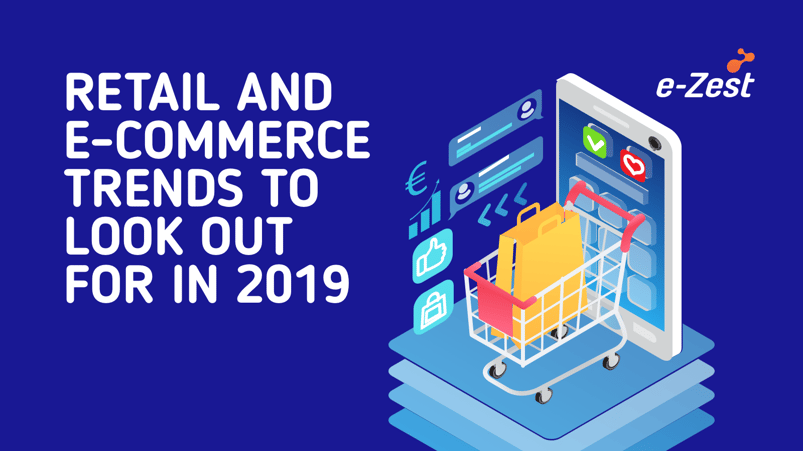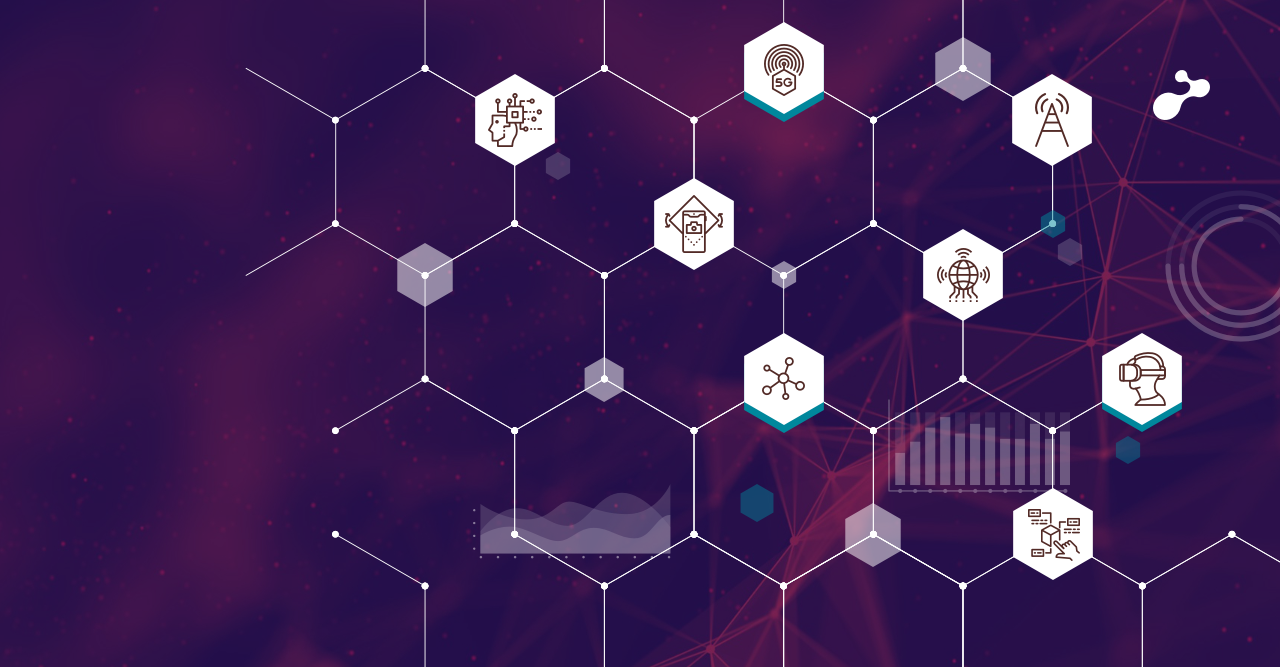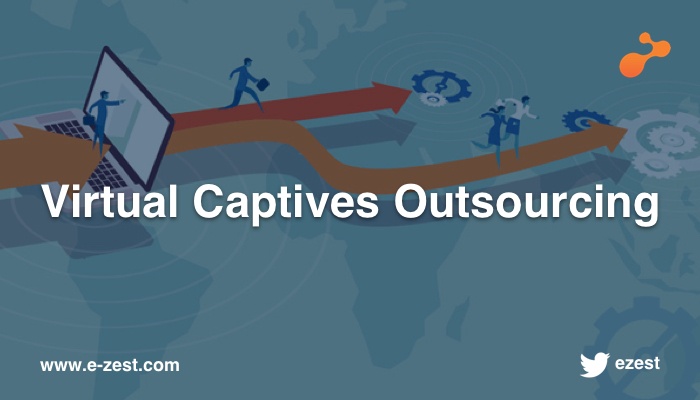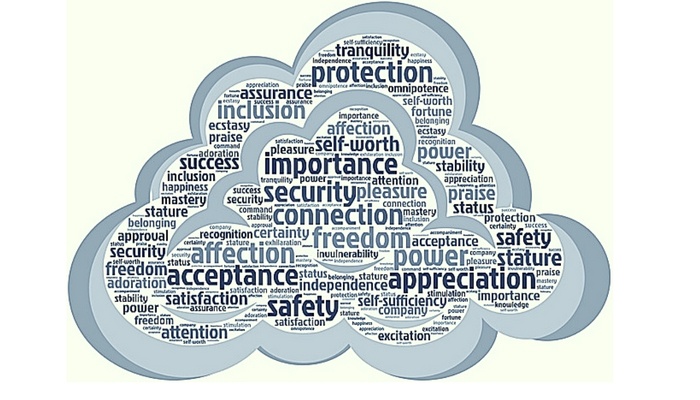
We should be grateful for the opportunity of easy access to the internet and to the popularity and widespread adoption of the smartphone! What used to take many hours can now be performed within minutes with the help of digital and e-commerce platforms.
The impact of digital technologies and digital transformation on the retail industry has been very significant. The business leaders in the retail industry have never looked back especially in the past decade with the advent of digital commerce that enables them to offer their customers with best offerings as well as experience.
Many of us increasingly shopping and making important decisions through our smartphones is proof enough to point the digital evolution — retailers are willingly leveraging for sales and enriched customer experience.
We all witnessed 2018 with a rise in e-commerce sales due to m-commerce, soaring demand for same-day deliveries, and increased usage of voice search as it was earlier predicted. As it happened, many online retail statistics from across the globe and especially from the UK proved these to be true.
Every year brings with it a new set of technology switches and trends and market predictions that dominates the industry. So, here are the top retail and e-commerce trends and predictions 2019 is likely to bring.
Conversational commerce
Conversational commerce also enabled by AI and chatbots is like pairing a chatbot with your brand for customer service purposes. And doing so for sales purposes has the impact in the form of conversions. The same technology that allows chatbots to help users facing difficulties, can guide those on the customer journey until checkout.
For instance, a chat bubble inquiring if your user needs are met and can start the conversation. Upon further prompting customers most likely will disclose more and more about what they’re looking for. The chatbot can then eventually recommend a couple of products they’re bound to like.
Omnichannel Platforms
Omnichannel shopping experiences are marked by seamless transitions from mobile to desktop, desktop to telephone, telephone to brick and mortar, brick and mortar to mobile, and any variation in between.
In a study involving 46,000 shoppers, 73% of them used multiple channels to do their shopping, and businesses using four or more digital channels outperformed those using single or dual channels by 300%.
And at the end of the day, shopping doesn’t necessitate everything being completed at the same time. It’s sometimes better and easier to take your time and spread it out between a couple of channels.
Technology disruptions
Emerging technologies like Augmented Reality (AR) and visual search are fuelling new methods of search and visualization that allow consumers to find and see products in a whole new light.
For instance, AR lets buyers choose products with more certainty by allowing them to visualize them in a realistic environment, with more accuracy.
It’s clear that in 2019 more and more brands are going to start delving into these technologies to provide their users with new and improved ways of interacting with them.
Increased mobility
The mobile trend has started a couple of years ago. We have only seen day to day advancements in the way it is used. After all, it’s easier to pull out our phones and browse than it is to sit down in front of a computer. Mobiles are handier compared to any devices.
That’s the reason, one of the retail industry trends in 2018 reported that mobiles will continue to be one of the most prominent retail trends 2019 has in store in the form of mobile shopping and m-commerce.
Personalized experiences
Many brands like Amazon have been delivering personalized experiences to their users with the help of AI and machine learning. For example, offering product recommendations based on customers browsing and purchasing behaviour.
In 2019, it’s likely that AI-based tools that enable personalization will be used by all types of businesses, from SMBs to enterprises, at an increased frequency.
Research says, 43% of consumers prefer companies that personalize their experience, and a larger 48% will even spend more money when their experience is personalized.
And when it comes to personalization it doesn’t stop at recommendations; email marketing campaigns and online adverts with personalized offers based on user interest are also becoming vital to improved bottom lines.
AI merchandising
In similar lines with delivering personal experiences, there’s been an uptake of brands using AI product merchandising to appeal their users to convert. This can be defined as promoting and displaying products by matching them with shoppers who would find them relevant and complete the purchase.
When you consider that people hate being shown irrelevant content, it makes sense to display products they’re interested in, as opposed to those you yourself want to promote. This will become the new norm in 2019.
Automated customer service
Facilitated by AI is the automation of customer service, chatbots will highly come into picture here. It’s predicted that 85% of customer interactions will be handled without the need for human intervention by 2020.
Moving forward here is a quick note, chatbots are AI-based programs that use machine learning to “talk” with users and learn from users, allowing them to improve over time without the need of being explicitly programmed to do so.
And that in mind, chatbots are being adopted by brand after brand because of their incredible utility. By residing on websites or applications, chatbots can provide 24/7 support for users who need some help — all without a human presence.
Alternate delivery methods
Similar to same-day shipping, alternate delivery methods like drone deliveries, which allow for same-day deliveries, are becoming more popular.
For instance, 79% of US consumers said they’re more than willing to request drone delivery if their package could be delivered within an hour, and 73% of survey participants said that they would even pay up to $10 for drone delivery.
Like above, there’s just something special about ordering and receiving everything on the same day.
These e-commerce and retail trends will bring the customers closer to their smart devices enforcing technology firms to innovate more rapidly. Retail firms and e-commerce companies in-turn will streamline their technology investments to enhance customer experience and digital sales.




